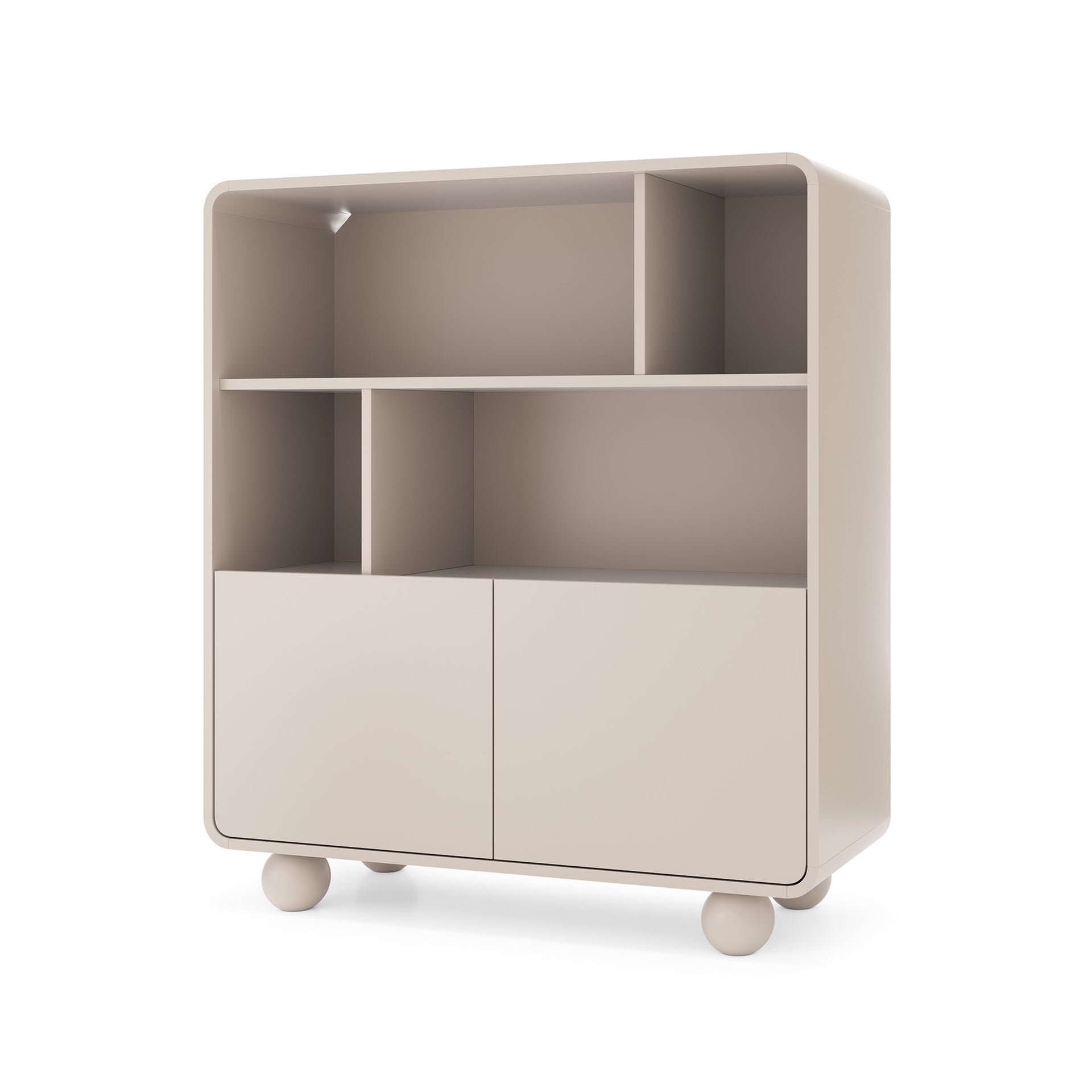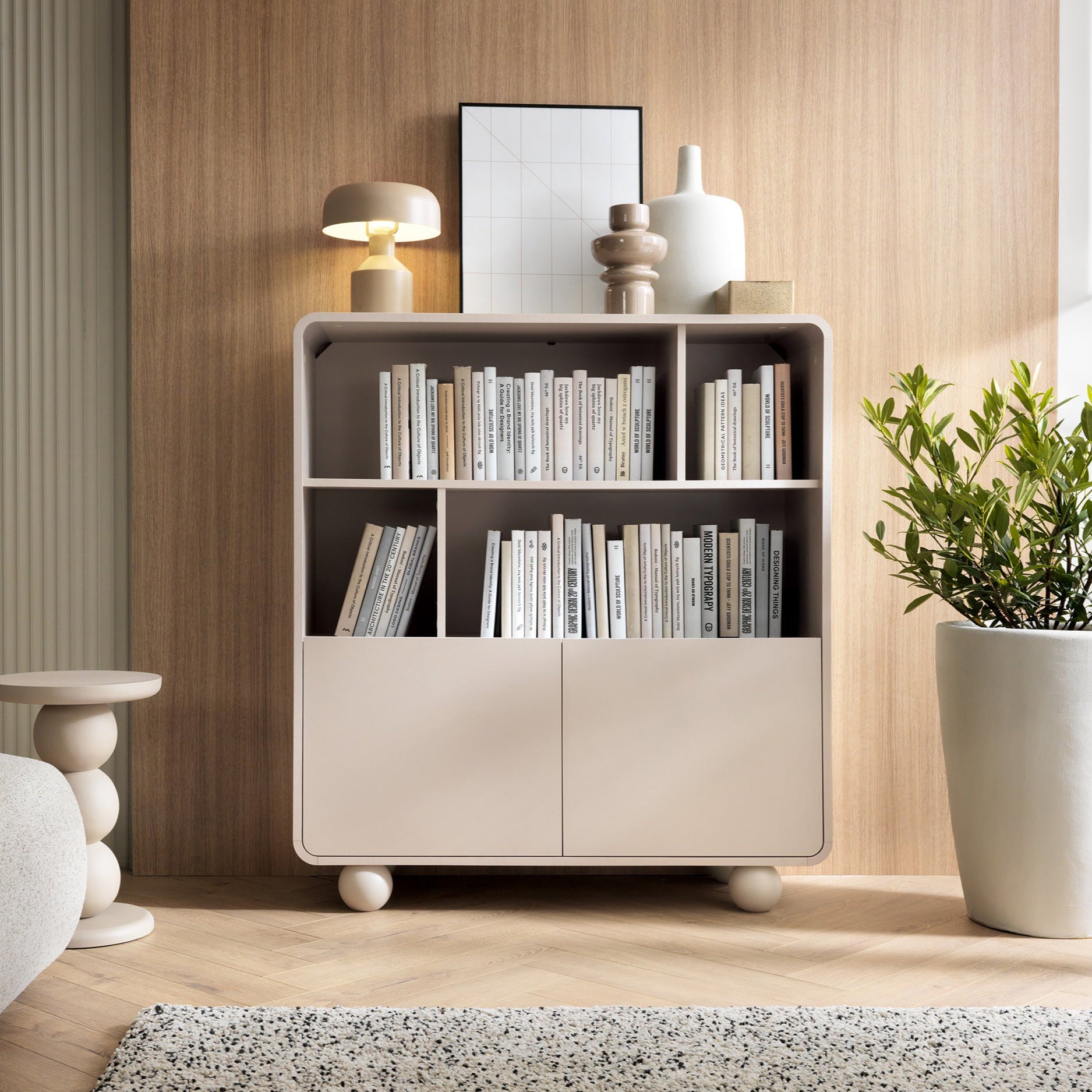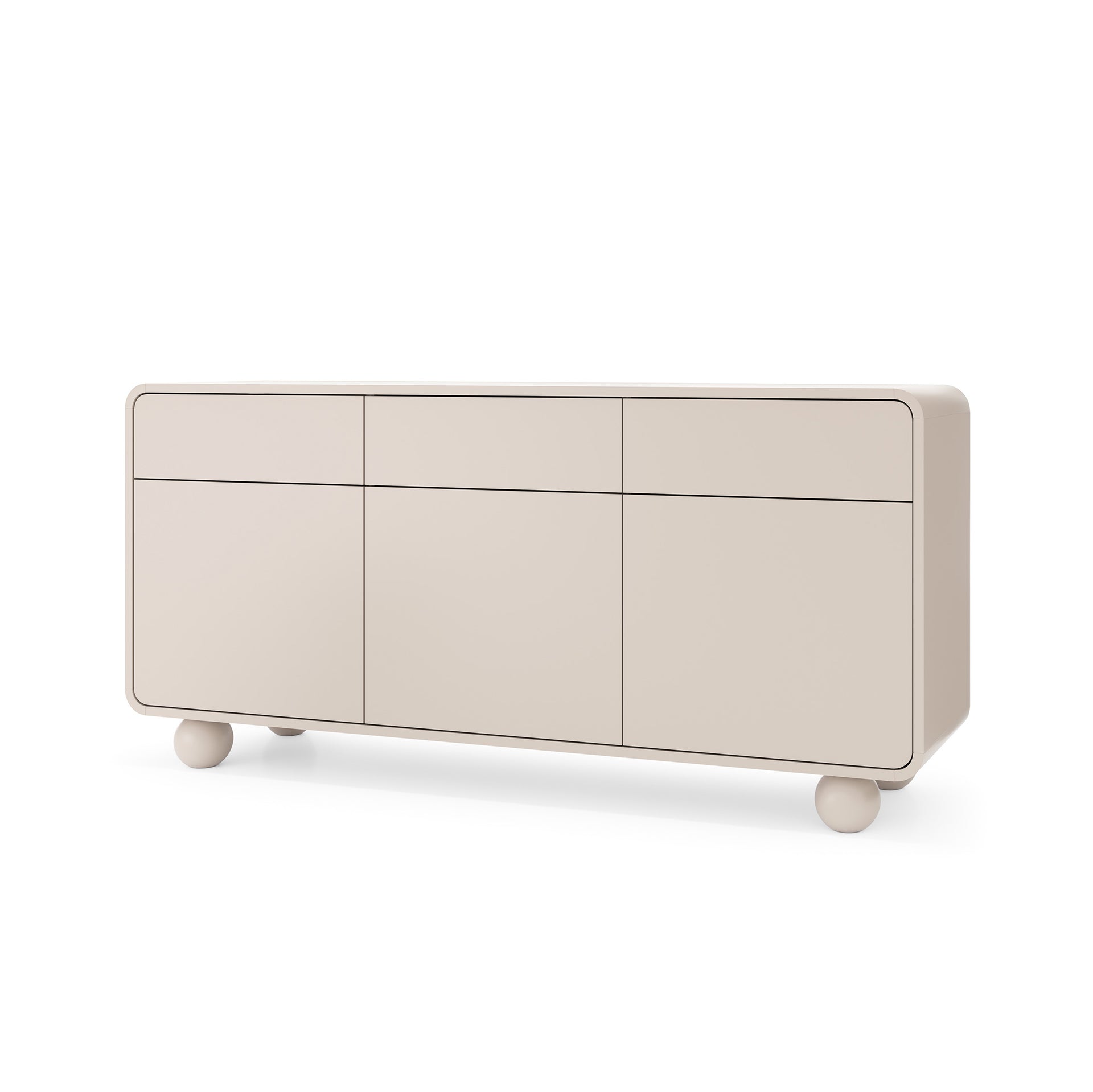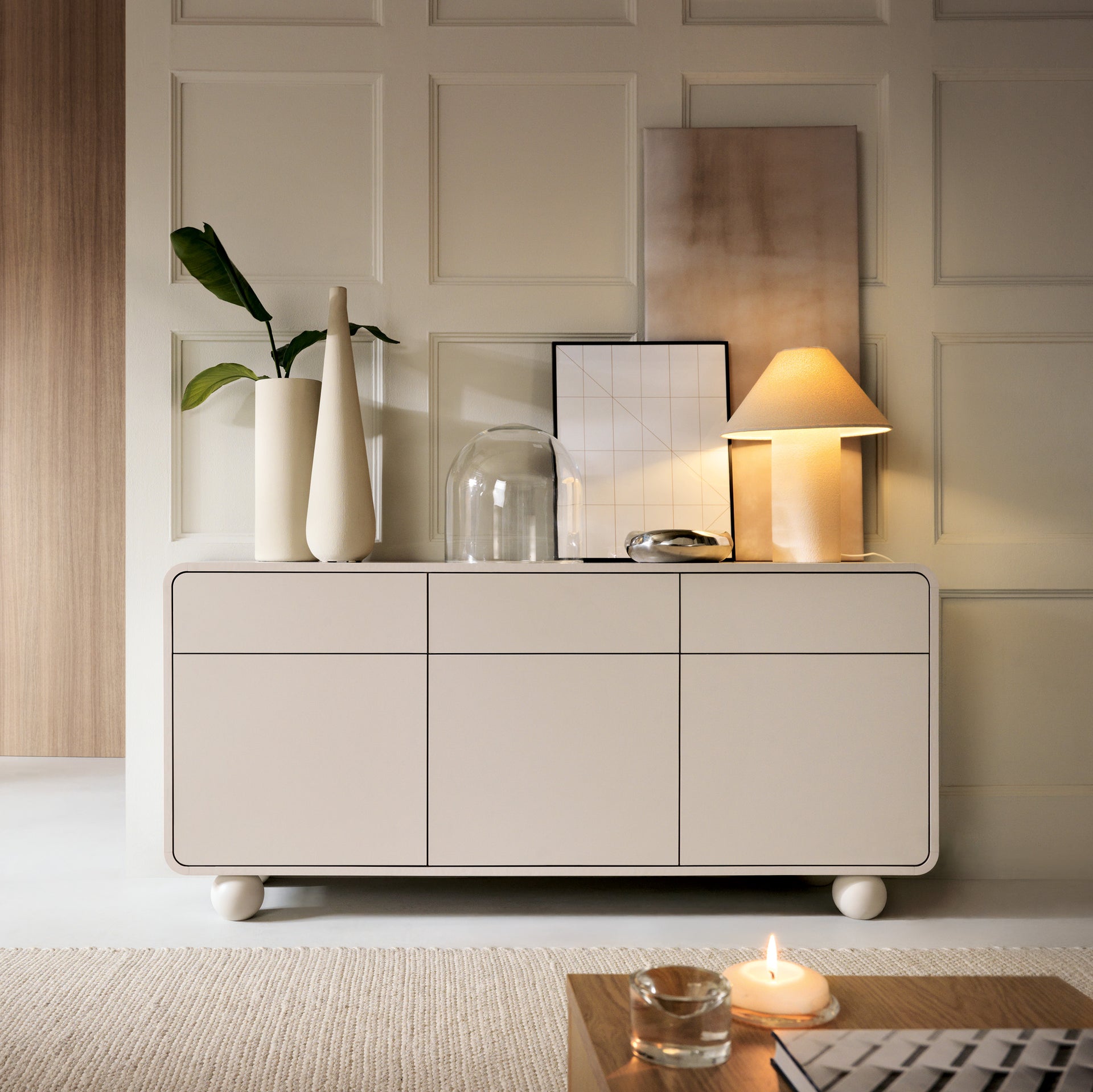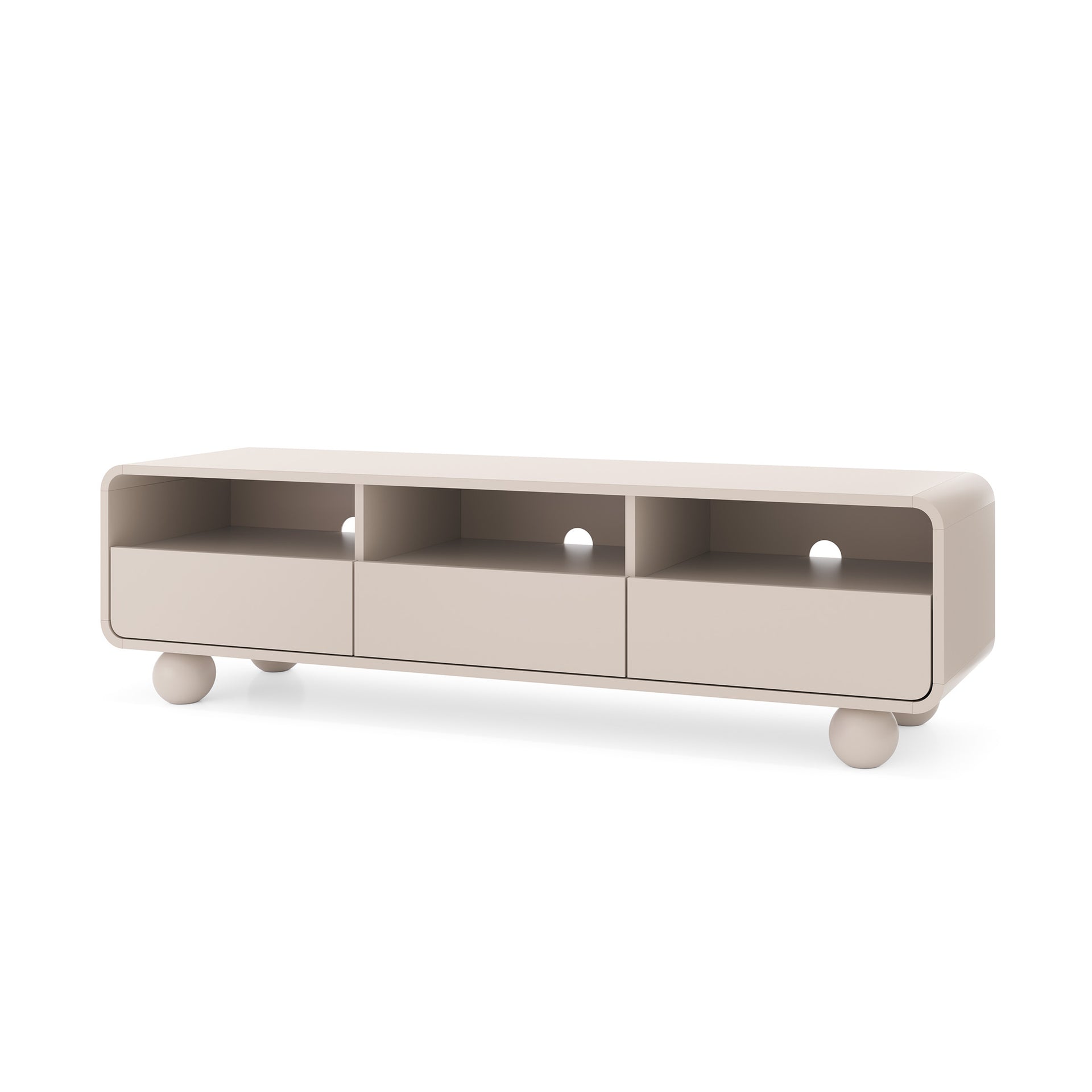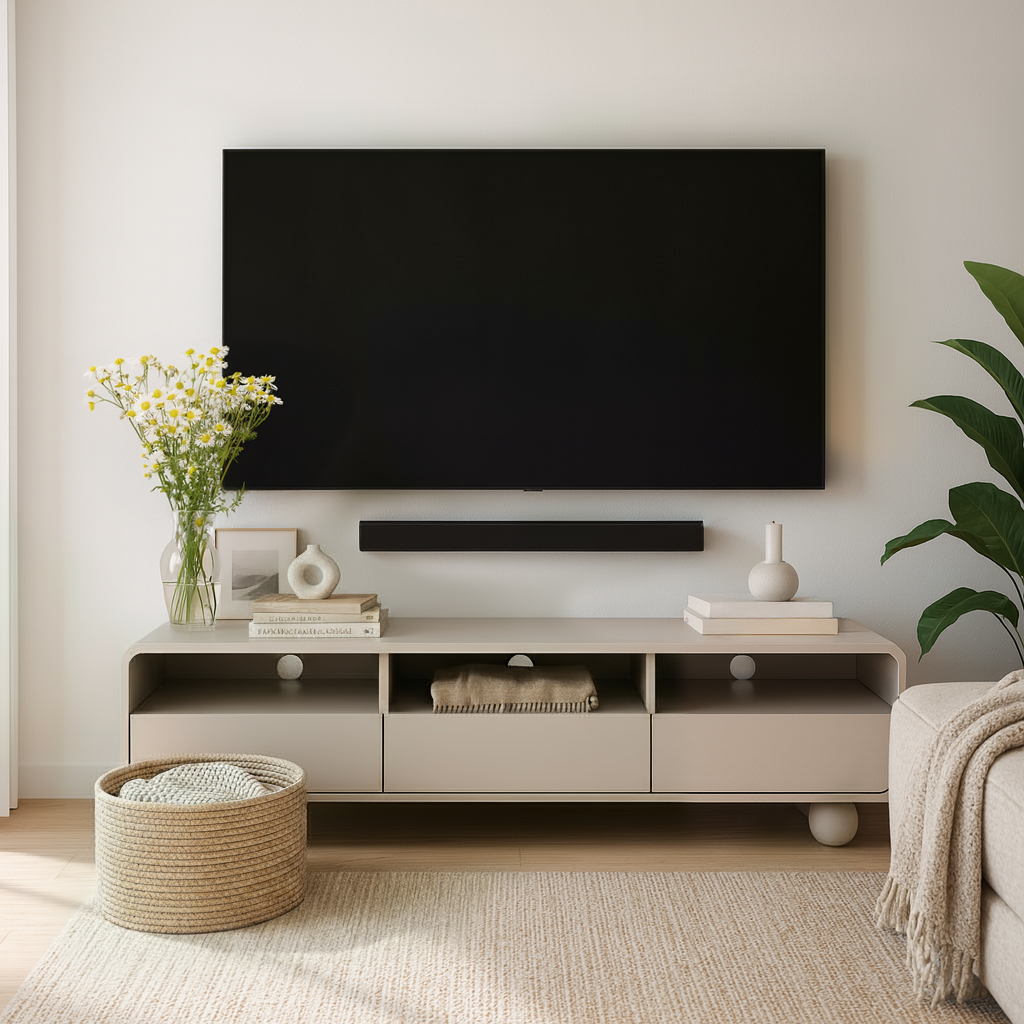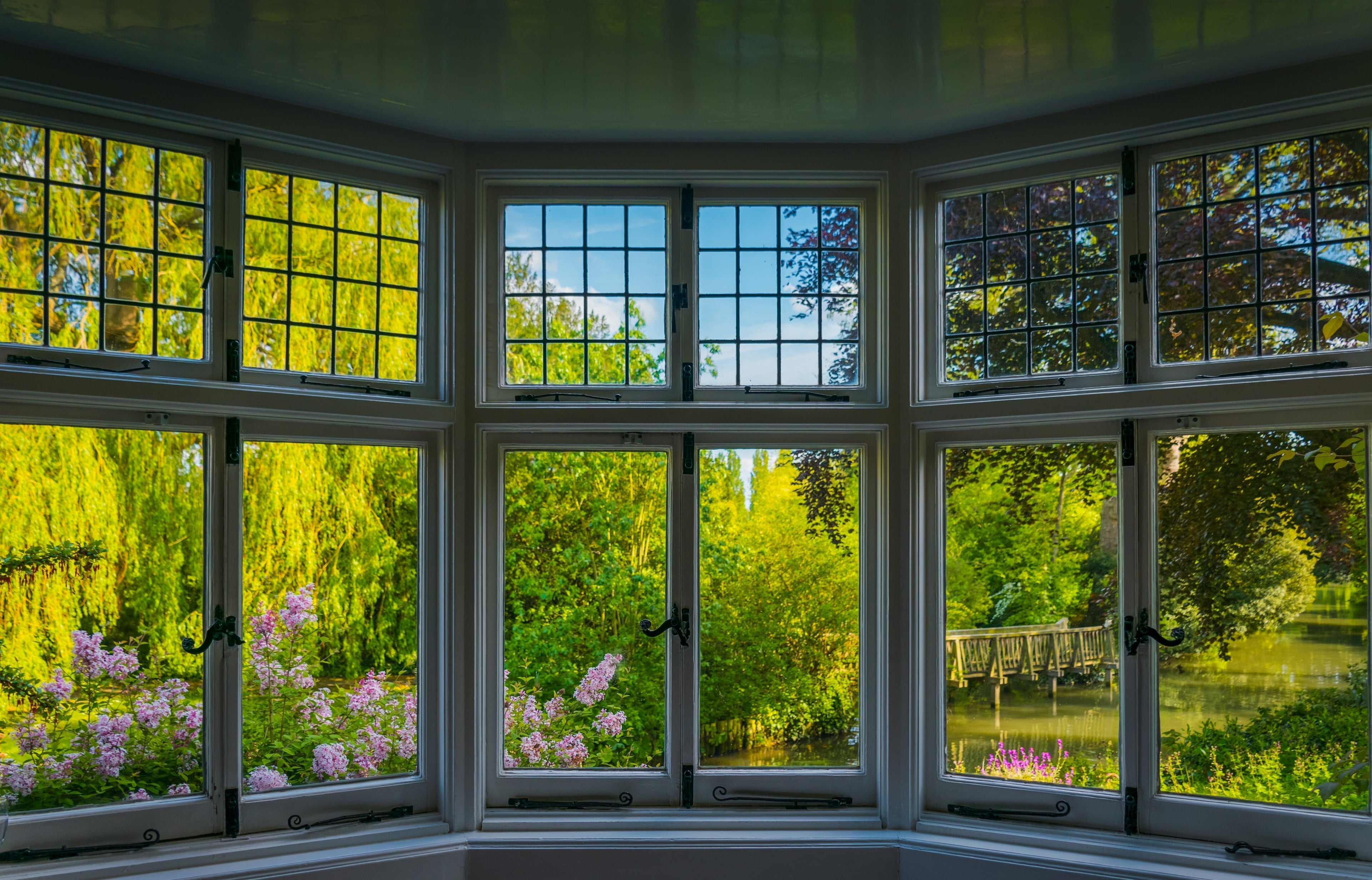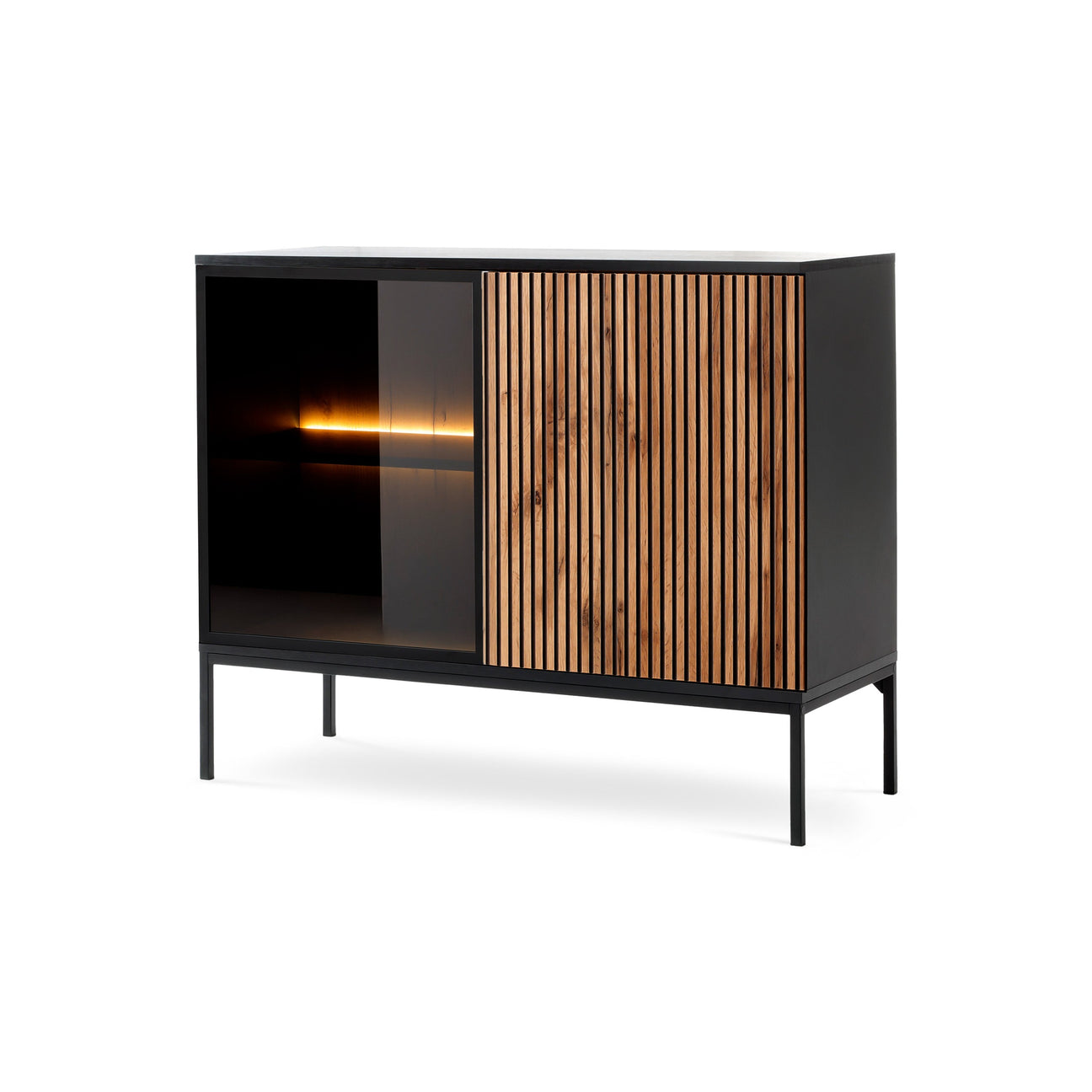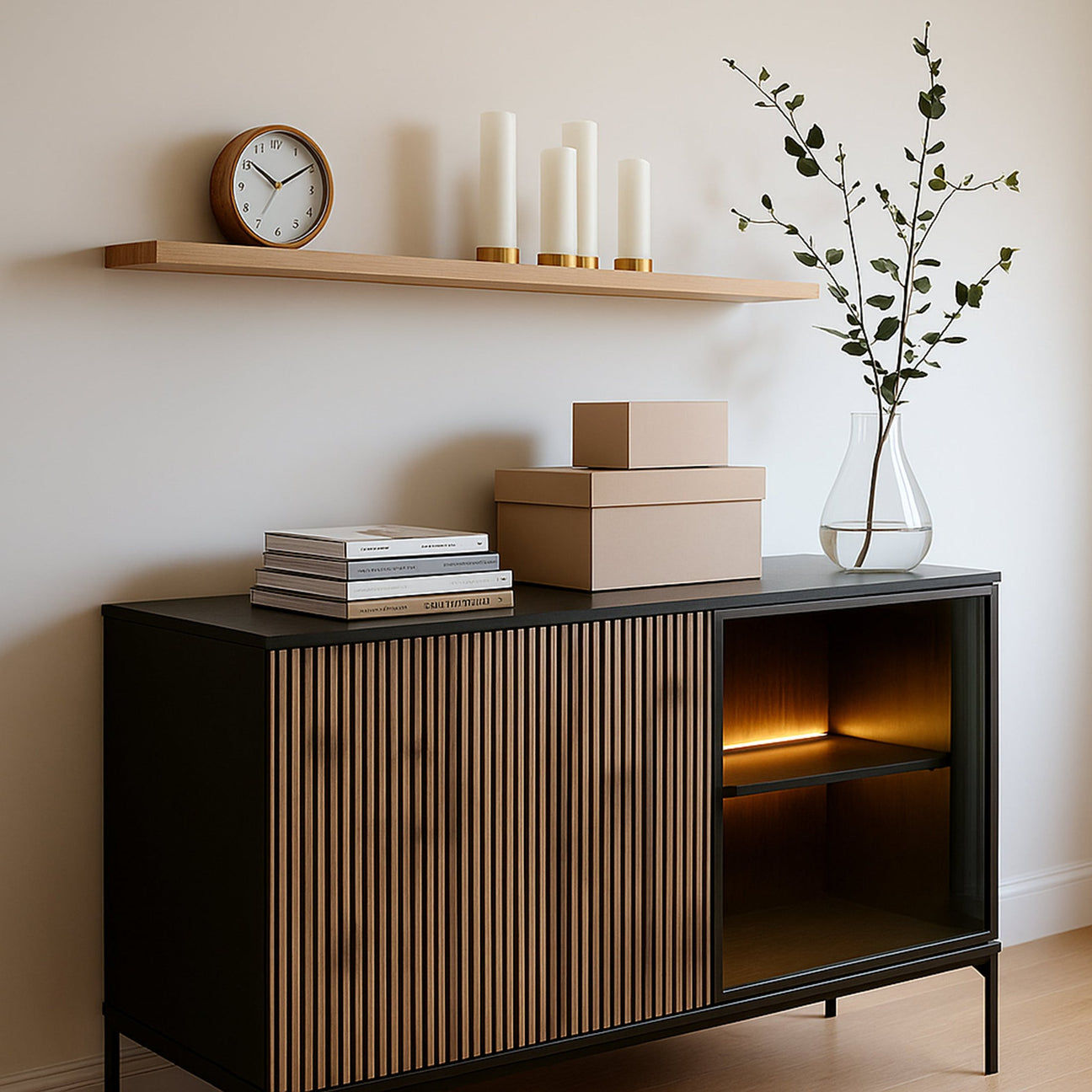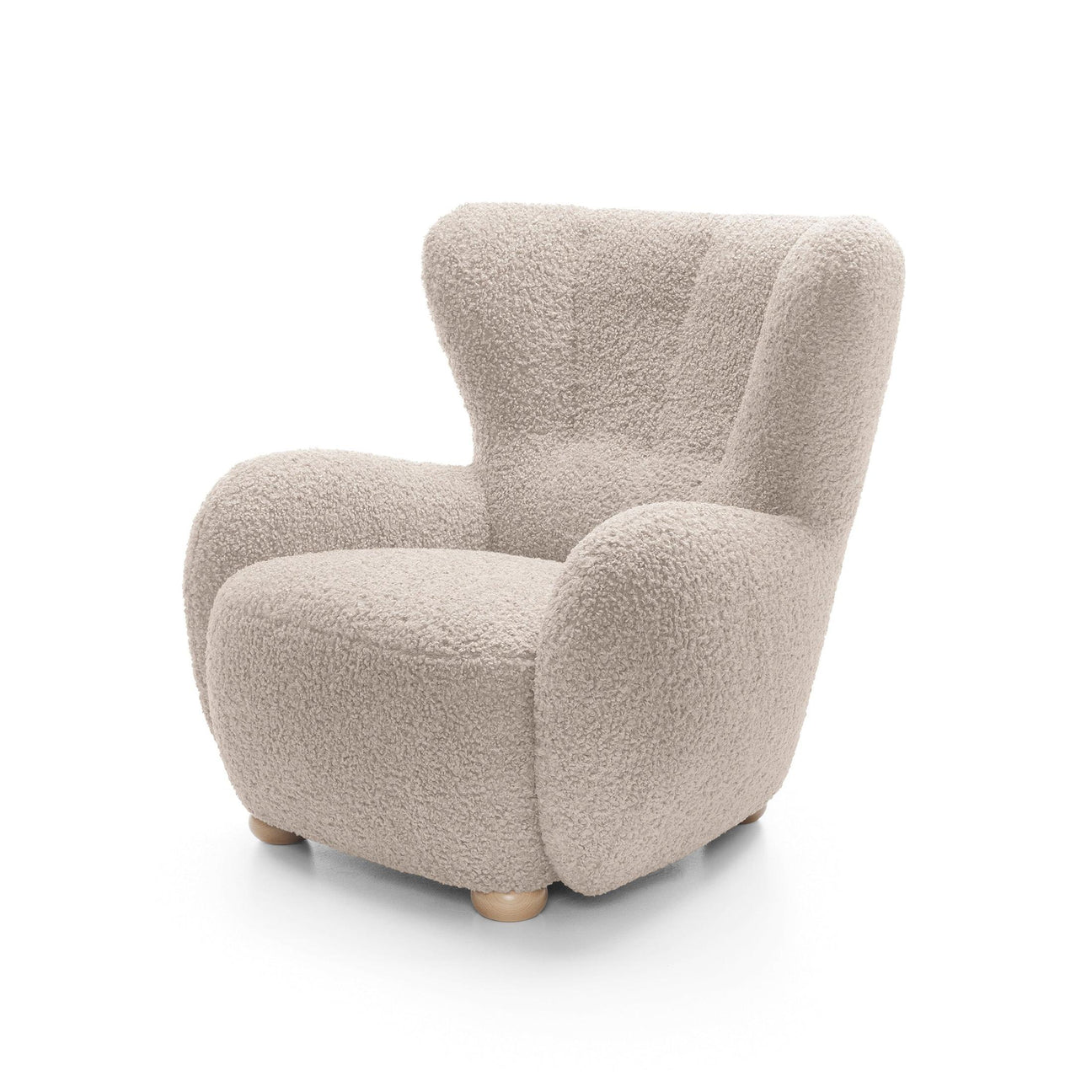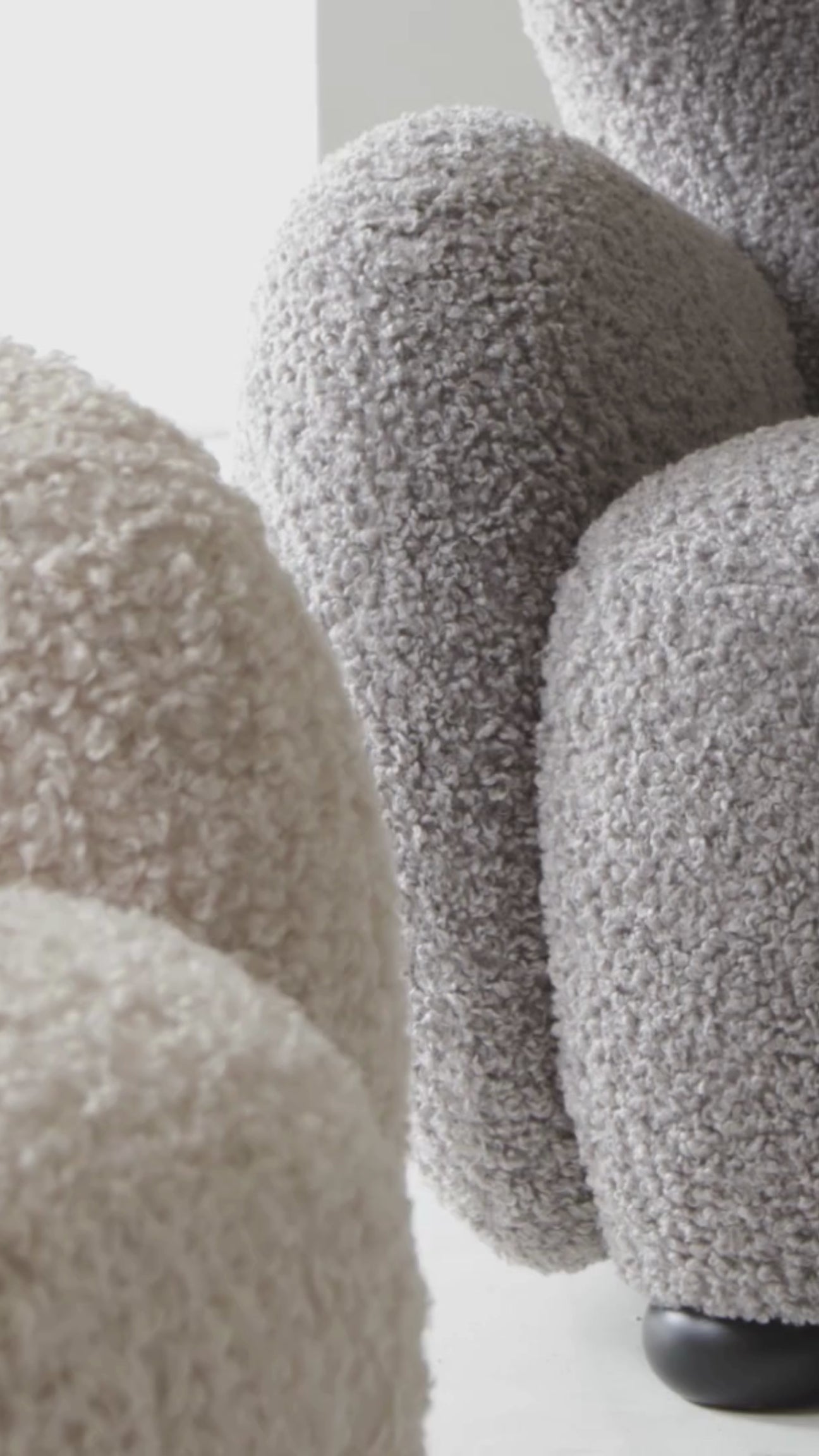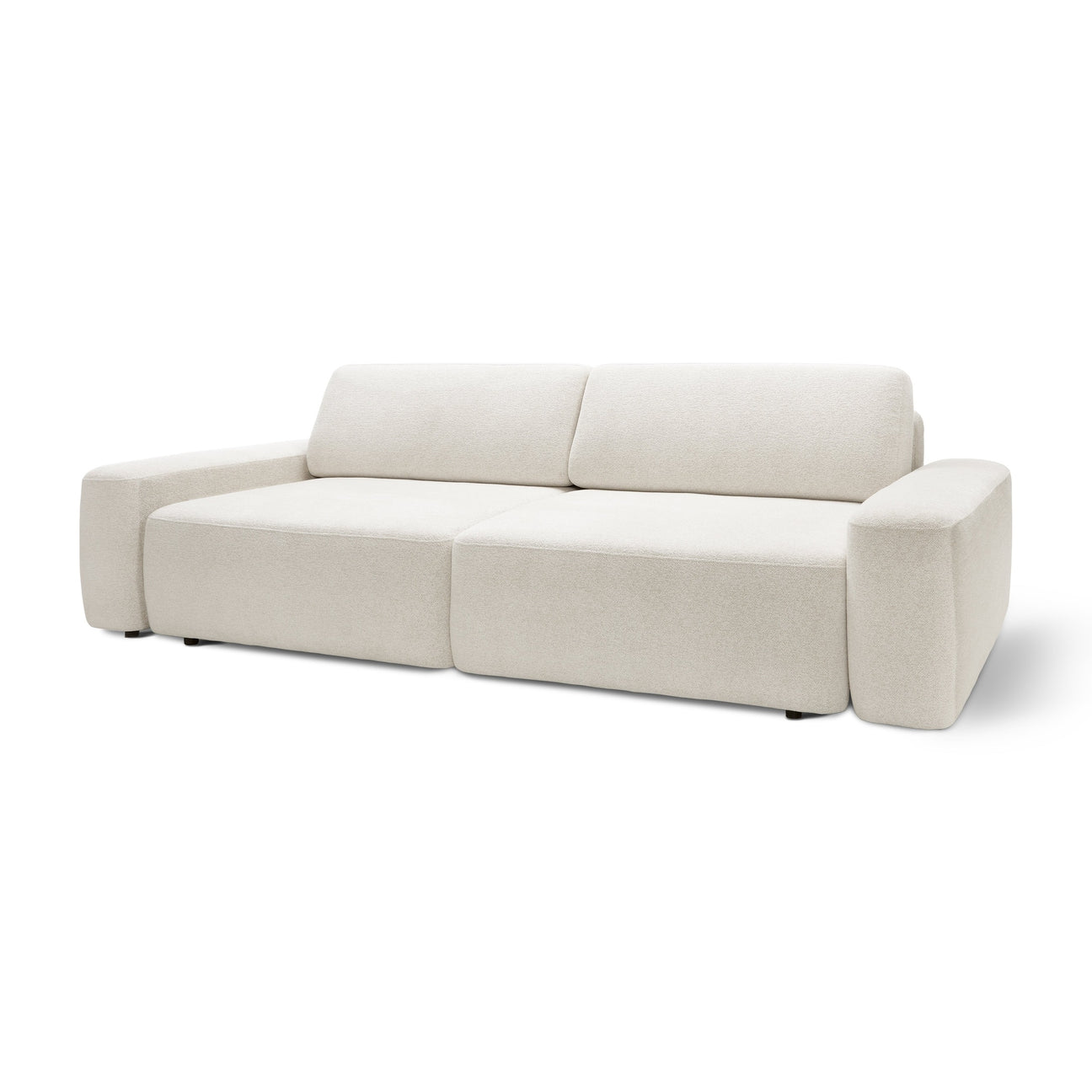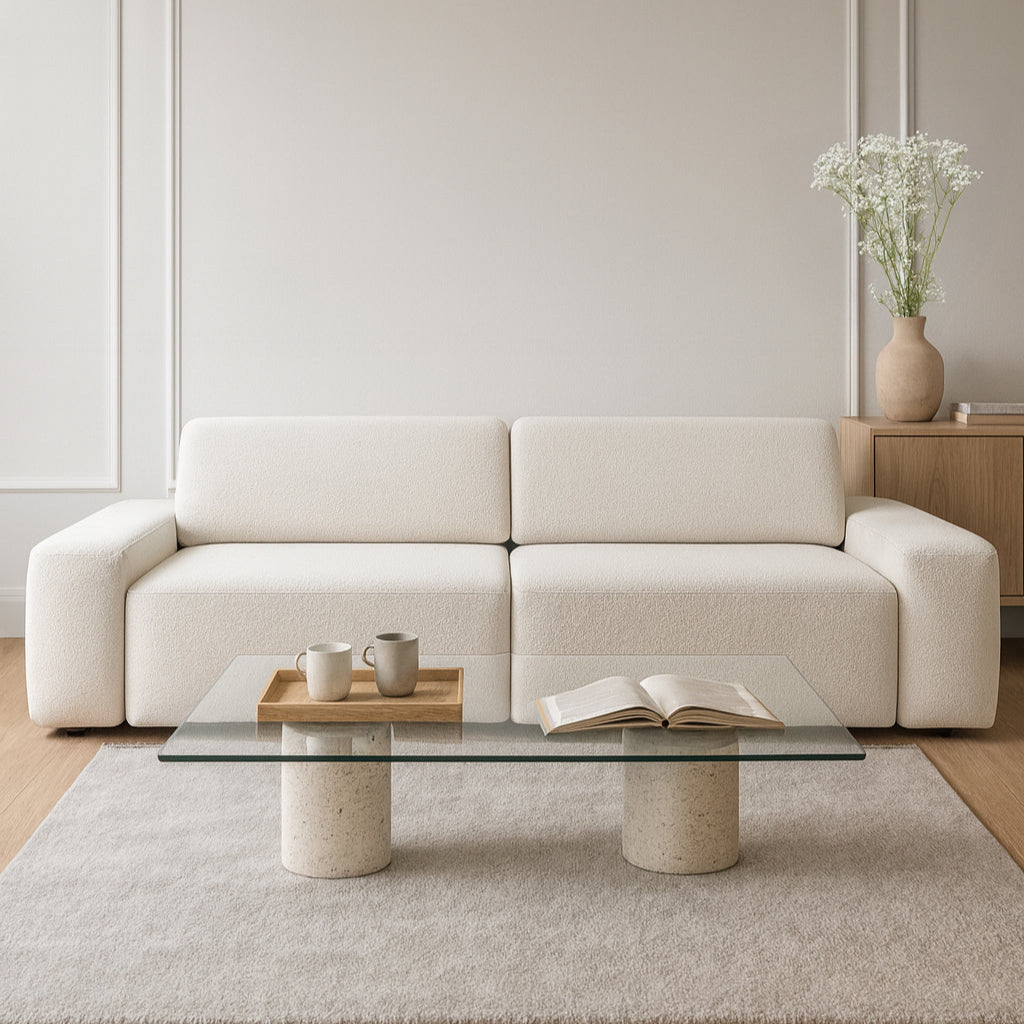Do you remember those childhood afternoons when you sat on the windowsill, nose pressed against the glass, watching the world go by? Perhaps it was your favorite spot to read a book as the rain drummed against the glass, or a vantage point from which you watched your parents return from work? Or perhaps you remember your grandmother growing geraniums on that same windowsill and always knowing what was happening in the yard?
The corner by the window is one of the most magical places in any home. It's where two worlds meet – the intimacy of the home interior and the openness to what's happening outside. It's a place that has the feel of a theater box and a cozy hideaway all at once.
Today, when you're planning your space, that corner by the window can become a true gem in your home. In an age when every square meter matters and a home must accommodate our diverse needs, the window area offers unique opportunities – natural light, a view of the outdoors, and often additional space that can be used thoughtfully.
Loving the warmth of home also means recognizing the potential in every corner, creating a space that serves not only functionally but also emotionally. A corner by the window can become a place for morning coffee, quiet moments with a book, working in natural light, or simply observing the changing world beyond the window.
Window Magic: Why This Place Is Special
Every generation has understood the special value of a window seat. Our grandparents placed their most prized plants there, knowing they grew best by the window. Violets, rosemary, and small lemon trees in pots bloomed on the windowsills. This window provided a connection to nature at a time when not everyone had access to a garden.
Parents used the windowsill as a practical surface – for folding ironed laundry, arranging books, and sometimes as an improvised desk for a child doing homework in the best light in the house.
Nowadays, the corner by the window can serve even more functions. In the era of remote work, it's often the best place for a home office – natural light protects eyesight and improves concentration. In small apartments, it can provide additional seating, storage, or even sleeping space.
Natural light is the greatest advantage of a window seat. There's no better lighting for reading, working, or simply spending time. Sunlight positively affects mood, helps regulate circadian rhythms, and makes every activity more enjoyable.
The connection with the outdoors creates a sense of spaciousness even in a small apartment. Views of greenery, sky, and street life make us feel less confined within four walls. It's a window to the world, both literally and figuratively.
The emotional atmosphere of a window seat is unique. It's a contemplative space, conducive to reflection, but also to observing life. It can be a haven for an introvert and a vantage point for a sociable person.
Different windows, different possibilities
Large panoramic windows – a stage for life
If you're lucky enough to live in a space with large windows, your design options are virtually limitless. Large windows are a natural focal point for any room.
Lunaria sofa from the Flora Lunaris collection can perfectly utilize the potential of such a space. Its semicircular, organic shape harmonizes with the natural forms often seen outside the window – treetops, sky arcs, meandering rivers and streets. Positioned sideways to the window, it allows for comfortable observation of the outside world while maintaining contact with the room's interior.
With large windows, it's worth considering creating a relaxation area —a place where you can sit with a book, a cup of coffee, or simply reflect in silence. The Camellia Sofa, with its unique figure-eight shape, can become the centerpiece of such an area, offering a comfortable spot with a view and, at the same time, an interesting architectural element.
Windows in niches – cozy alcoves
Windows placed in niches or recesses create natural alcoves – cozy nooks that suggest function in themselves. These are ideal places to create a reading nook or small home office .
A window alcove can accommodate a built-in seat with cushions, creating a sort of contemporary alcove. If the structure doesn't allow for built-in solutions, the Lily sofa, with its delicate design, can beautifully fill such a space without overwhelming the alcove with its size.
Small windows – maximizing potential
With smaller windows, the key is to use every inch of space wisely while maintaining proportions. A small nook by the window can become very functional if designed well.
The Bamby sofa, with its youthful energy, could be the perfect solution for small spaces near windows – compact yet comfortable, allowing you to stretch your legs and enjoy quiet moments in natural light.
Corner windows – double exposure
Corner windows are a true design treasure – they let in light from two sides and often offer the best views. The Dalia sofa, with its modular design, makes the most of such a corner space, allowing for various configurations depending on the time of day or needs.

Functions of the corner under the window
Reading zone – books in natural light
Reading in natural light is one of the greatest luxuries of modern life. In an age of artificial lighting and screens, a place where you can read in sunlight becomes a precious space.
The ideal reading spot by the window should have:
-
Comfortable seat at a height that allows you to rest your back comfortably
-
A place to put a book – it can be a small table, a wide backrest or a special shelf
-
Light control – curtains or blinds that allow you to adjust the lighting intensity
-
Something warm to cover yourself with – a blanket or a plaid, as it may be colder by the window
The Kamelia sofa, with its cozy form, is the perfect place to create such a reading zone. Its wider seat allows for comfortable seclusion with a book, and its organic shape makes it feel like a safe cocoon.
Home office – work in the best light
Working in natural light is not only a matter of comfort but also of health. It reduces eye strain, improves concentration, and has a positive impact on mood and productivity.
When arranging an office by the window, it is worth remembering:
-
Correct positioning relative to the light source – preferably when the light comes from the side, not from the front or back
-
Glare control – your computer screen must not reflect light from the window
-
Ergonomics – appropriate seat height and work surface
-
Privacy – if the window faces a busy street, it may interfere with concentration
A place of contemplation – moments of silence
In a busy world, everyone needs a place for quiet moments, to pause, to connect with themselves. A corner by the window, with a view of nature or the urban landscape, can become such a place.
The Lunaria sofa , with its organic shapes, naturally fosters contemplation. Its semicircular shape creates a sense of shelter while simultaneously opening up to the view outside. It's a place where you can simply sit and think, observing the changes in light throughout the day, and following the rhythms of life outside.
Hobby Zone – Creativity in Daylight
Natural light is invaluable for work requiring precise color—painting, drawing, sewing, and needlework. A corner by the window can become a home studio.
When organizing a hobby zone by the window, it is worth considering:
-
Storage solutions for materials and accessories
-
Easy-to-clean work surface
-
Appropriate additional lighting for evenings
-
Comfortable seat adapted to long-term work

Challenges and solutions
Problem: too hot in summer
A corner under a south-facing window can be unbearable on summer afternoons. Solutions:
-
External sun protection – awnings, pergolas
-
Interior blinds or curtains made of heat-reflecting materials
-
Plants as natural sun filters
-
Fans or air conditioning for extreme days
Problem: too cold in winter
It's often cooler near windows, especially in older buildings. Solutions:
-
Warm textiles – blankets, rugs, pillows made of natural materials
-
Carpets underfoot for extra insulation
-
Additional heat sources – electric heaters, fireplaces
-
Sealing windows – if the problem is serious
Problem: lack of privacy
Windows on the ground floor or in close proximity to other buildings may provide insufficient privacy. Solutions:
-
Curtains or drapes that allow you to control visibility
-
Matte foils on the lower part of the window
-
Plants as a natural barrier
-
Screens or sliding decorative elements
Problem: Limited floor space
In small apartments, it's difficult to find space for additional furniture near the window. Solutions:
-
Multifunctional furniture – seats with storage
-
Embedded solutions – if adaptable
-
Modular furniture like Dalia , which can be configured according to your needs
-
Using the windowsill as an additional surface
Plants in the corner by the window
You can't talk about designing a window space without mentioning plants. It's a natural choice – plants need light, and we need contact with nature.
Large floor plants can become living elements of the arrangement – fig trees, monsteras, palms create a natural background for the seating area. Plants on the windowsill They will add life and color. Plants hanging from the ceiling or high shelves will create a green curtain.
When choosing plants for a window corner, it is worth considering:
-
Window orientation – different plants prefer different amounts of light
-
Humidity – some plants need higher humidity
-
Space – plants grow, so you need to plan ahead
-
Allergies – some plants may cause allergic reactions

Textiles and accessories
Properly selected textiles can transform a corner under the window into a cozy haven or an energizing workspace.
Cushions in various textures and colors allow you to quickly change the feel of a space. Throws and blankets add warmth and coziness—especially important in areas that can be colder. Rugs define a space and add comfort underfoot.
Curtains and blinds are not only functional but also an important decorative element. They can control light, provide privacy, and add color or pattern.
Seasonal changes
One of the greatest benefits of a window nook is the ability to enjoy the changing seasons. It's worth planning the space so it can evolve with the nature outside.
Spring – bright colors, fresh accents, young plants, lightweight textiles. Summer – sun protection, cooling colors, minimal textiles. Autumn – warm shades, thicker blankets, candles, or lamps creating a cozy atmosphere. Winter – maximum warmth, textiles, a hot drinks station, and perhaps an additional light source.
Safety and practicality
When arranging a corner under the window, you must not forget about safety:
-
Furniture stability – especially important near windows where there may be drafts
-
Safe plants – if there are children or pets in the house
-
Access to the window – possibility of opening, washing, evacuation
-
Fall protection – especially on upper floors
Budget and phasing
Designing a corner under a window doesn't have to be expensive or done all at once. You can start from scratch and gradually expand the space:
Stage 1 – basic seat (can be Bamby Sofa as a universal solution)
Stage 2 – textiles and basic additional lighting
Stage 3 – plants and accessories
Stage 4 – expansion of storage or additional functions
Stage 5 – Fine-Tuning and Personalization
A place where the interior meets the world
Finally, the most important truth about the window nook: this space has the potential to become the heart of your home . It's where you observe the changing light, the seasons, and life outside each day. It can be your sanctuary, your inspiring space, your connection to the larger world.
Loving the warmth of home in the context of the nook under the window means understanding that it is not just a matter of furniture or decoration, but of creating a place that will serve your well-being, your creativity, your need for beauty.
You are someone. You are valuable. And you deserve a place in your home where you can pause, breathe, observe the world, and draw inspiration from natural light and the changing seasons. A corner by the window can be that place—if you allow it to serve your life, not just fill the space.
Will it be Lunaria creating a meditation space, Camellia as a reading corner, or Dalia as a flexible configuration – it is important that the choice reflects your needs, your rhythm of life, your dreams of the perfect home.
Pillovely – where every window is an opportunity, every corner has potential, and natural light is an invitation to a more beautiful life every day.


